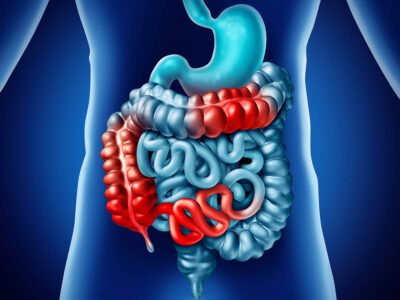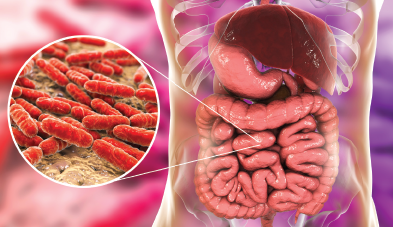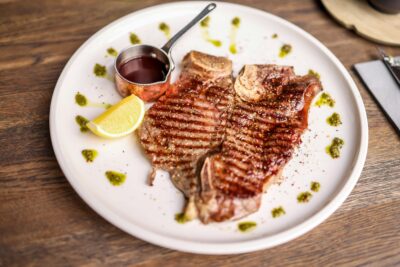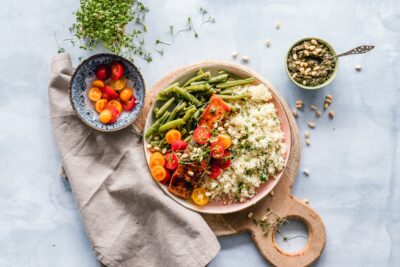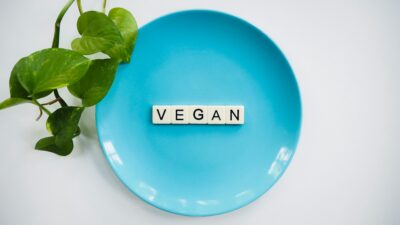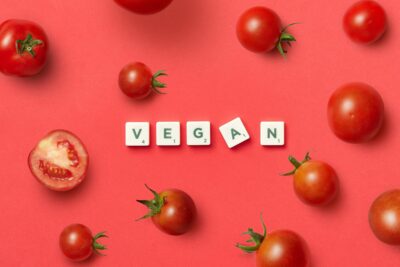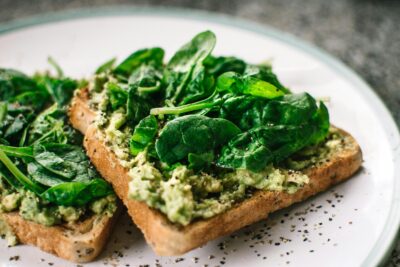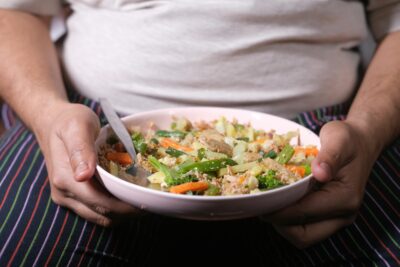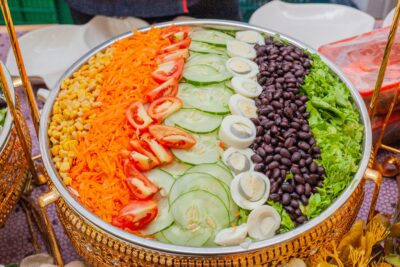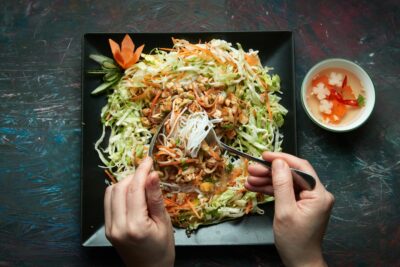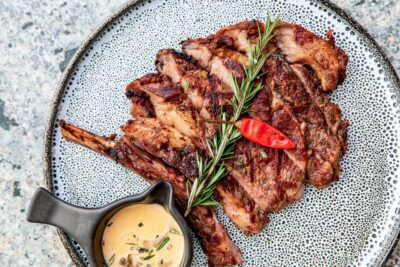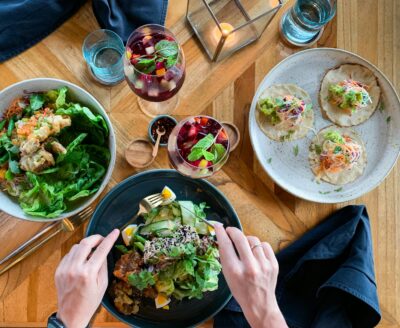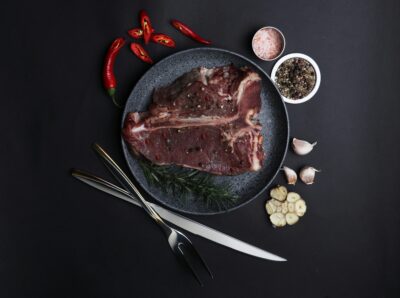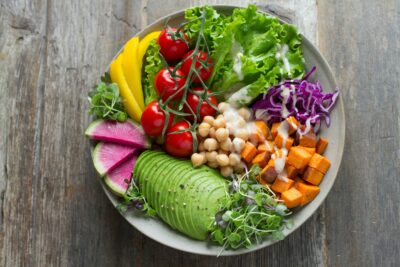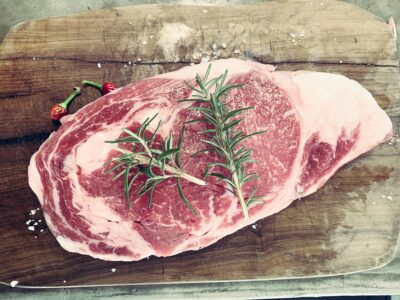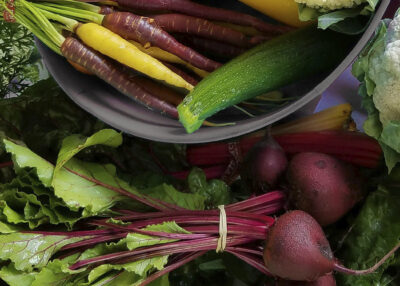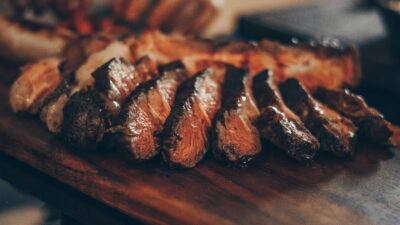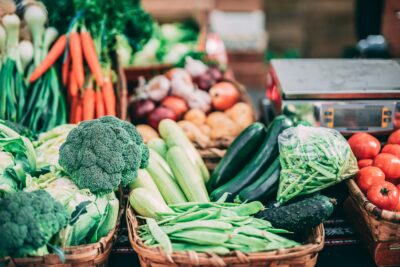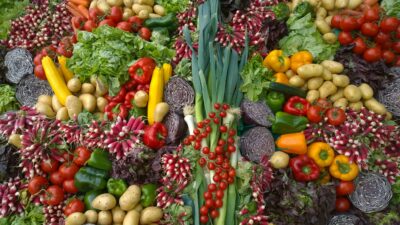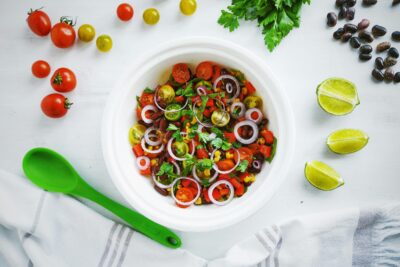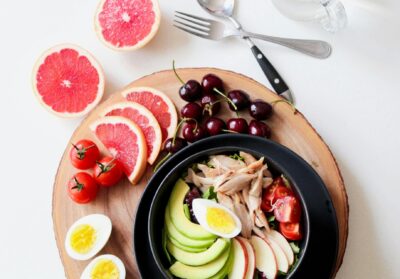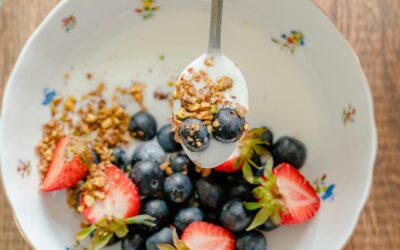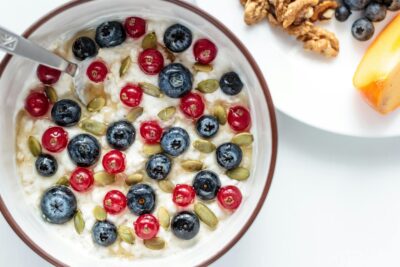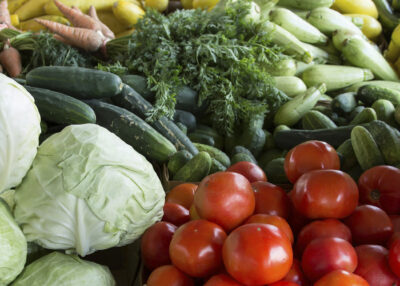Many people with Sjögren’s syndrome wonder if switching to a vegan or plant-based diet can ease their dry eyes, dry mouth, and gut inflammation. At MGI Clinics, our Mind–Gut–Immunity Method shows that while eliminating animal-based inflammatory foods can help in the short term, lasting relief requires a more personalized approach. Here’s how vegan and plant-based diets stack up—and how to maximize your results.
Why Vegan Diets Seem Promising
Vegan diets eliminate meat and dairy—the biggest dietary sources of arachidonic acid and pro-inflammatory saturated fats. Cutting out these foods often leads to immediate symptom relief:
- Reduced Arachidonic Acid Load: No meat or dairy means fewer precursors for inflammatory cytokines.
- Higher Phytonutrient Intake: Whole fruits, vegetables, and legumes supply antioxidants and anti-inflammatory compounds essential for immune balance.
This explains why many people report fewer flare-ups when they adopt a vegan diet for Sjögren’s syndrome—especially during active flares.
The Four Criteria for Diet Success
Through our Mind–Gut–Immunity Method, we evaluate any diet by four key criteria:
- Phytonutrient Density
Whole, minimally processed plant foods deliver polyphenols, terpenes, resistant starches, and omega-3 fats. These compounds help modulate immune function and protect tear and saliva glands from further damage. - Macronutrient Balance
Vegan diets tend to be high in carbohydrates and can fall short on proteins and healthy fats. For Sjögren’s management, ensuring at least 100 g of protein per day (often via plant-based protein powders) and getting half your calories from anti-inflammatory fats is critical. - Microbiome Specificity
Simply eating more fiber doesn’t guarantee a healthy gut. You need the right types of resistant starches and prebiotics to feed beneficial bacteria like Faecalibacterium prausnitzii, which help calm systemic inflammation. Generic vegan diets often miss this microbiome specificity. - Food Sensitivities
Many Sjögren’s patients react to common plant proteins (e.g., beans, lentils, soy) and additives in processed vegan products. Identifying and eliminating these sensitivities through mediator-release testing prevents inadvertent immune activation.
Common Pitfalls of a Vegan Sjögren’s Diet
- Over-reliance on Processed “Vegan” Foods: Meats and cheeses made from soy or coconut oil often lack real phytonutrients and may contain oils or emulsifiers that upset the gut.
- Imbalanced Macronutrients: Too many carbs without enough protein or healthy fats can fuel harmful bacteria, worsening inflammation.
- Non-specific Fiber Intake: Bulk fiber feeds both good and bad microbes. Without resistant starch or targeted prebiotics, you may inadvertently encourage pathogenic strains.
- Hidden Sensitivities: Beans, peas, and nuts are common triggers. A one-size-fits-all vegan approach risks creating new food sensitivities.
Maximizing Vegan Sjögren’s Results with a Phyto Diet
A phyto diet refines the vegan concept by tailoring food choices to your individual needs:
- Selective Phytonutrients: Emphasize berries, turmeric, green leafy vegetables, and herbs with proven benefits for Sjögren’s inflammation.
- Customized Macronutrient Ratios: Work with a practitioner to calculate your ideal carb-fat-protein split, ensuring you meet protein goals without excess carbs.
- Targeted Microbiome Support: Use specialized probiotics and precise resistant starch sources (like underripe bananas or cooked-then-cooled potatoes) to nurture anti-inflammatory bacterial strains.
- Sensitivity-Guided Elimination: Incorporate food-sensitivity testing early to remove problematic items (e.g., soy, lentils) and avoid flare triggers.
By following these principles, our patients enjoy greater dietary flexibility—even reintroducing occasional “cheat meals” without relapse—because the underlying gut ecosystem has been rebalanced.
Monitoring Sjögren’s Diet Progress
Tracking your diet’s impact is crucial. We recommend:
- Symptom Journaling: Note dryness levels, joint pain, and energy daily to spot trends.
- Microbiome Testing: Periodic stool analyses reveal how your gut bacteria respond to dietary changes.
- Biomarker Checks: Monitor inflammatory markers like ESR and CRP in collaboration with your doctor.
- Nutrition Assessments: Reassess macronutrient intake every few weeks to ensure you’re still hitting protein and healthy-fat targets.
This data-driven approach lets you fine-tune your vegan Sjögren’s management plan and maximize results.
Taking Control of Your Health
Adopting a vegan or plant-based Sjögren’s diet can offer short-term relief, but sustainable improvement hinges on meeting the four diet criteria: phytonutrients, macronutrients, microbiome specificity, and food sensitivities. By transitioning to a customized phyto diet and monitoring progress closely, you set the stage for lasting symptom reduction and improved immune function.
For personalized guidance and support, schedule a discovery call with Dr. Chanu Dasari at MGI Clinics. Our Case Studies page features stories of patients who have successfully managed their conditions through the Mind–Gut–Immunity Method.
Frequently Asked Questions
1. Which plant foods are most anti-inflammatory for Sjögren’s syndrome?
Focus on berries (blueberries, raspberries), leafy greens (spinach, kale), and spices like turmeric and ginger, which are rich in polyphenols and curcumin. These compounds help inhibit inflammatory pathways linked to glandular damage. Pair them with healthy fats—olive oil, flaxseed, or avocado—to improve absorption and support tear and saliva production.
2. How do I structure a vegan meal plan to hit protein and fat targets?
Start each meal with a protein source: lentils, tempeh, edamame, or a high-quality pea/rice protein powder. Add a fat component—nuts, seeds, or nut butters—and include whole grains or starchy vegetables for balanced energy. Tracking macros (e.g., 100 g protein, 50% calories from fats) ensures you’re not over-relying on carbs, which can feed pro-inflammatory gut bacteria.
3. Can certain “health” foods worsen Sjögren’s symptoms?
Yes. Common culprits include soy-based meats, processed vegan “cheeses,” and high-FODMAP legumes like chickpeas or lentils. Emulsifiers and additives can irritate the gut lining, triggering mast cell activation. Identify triggers through elimination diets or mediator-release testing to avoid inadvertent flares.
4. What’s the best way to know if my gut microbiome is improving?
Combine symptom journaling (tracking dryness, joint pain, energy) with periodic stool analyses that measure diversity and key species like Faecalibacterium prausnitzii. Look for increases in anti-inflammatory strains and reductions in opportunistic pathogens. Biomarkers (ESR, CRP) should trend downward as your diet takes effect.
5. Is it OK to reintroduce animal products occasionally?
After stabilizing your gut ecosystem and meeting macronutrient goals, small amounts of low-inflammatory animal foods—like wild-caught salmon or pasture-raised eggs—can be tolerated without relapse. The key is moderation and monitoring: track symptoms closely for 48 hours post-reintroduction to ensure they don’t trigger a flare.
Start Your Journey to Better Health Today
Discover the transformative power of the Mind-Gut-Immunity Method! Over the past decade, Dr. Dasari has helped countless clients reduce inflammation and find relief from autoimmune issues, often in just 3-6 weeks. Now, you can start your journey to better health with our free training. Click the link below, choose your condition, and learn how our proven approach can help you feel better fast.
About the Author
Dr. Chanu Dasari is a board-certified clinician (American Board of Medical Specialties; American College of Surgeons) who trained at Vanderbilt University, Oxford University, and the University of California. Drawing on personal experience with autoimmune and digestive disorders, he founded the Mind–Gut–Immunity Clinic to develop evidence-based, patient-centered protocols that rebalance the gut and immune systems.
The insights and recommendations presented in this article are underpinned by rigorous scientific research, including the following key studies:
- Goldner B, Staffier KL. Case series: raw, whole, plant-based nutrition protocol rapidly reverses symptoms in three women with systemic lupus erythematosus and Sjögren’s syndrome. Frontiers in Nutrition. 2024 Feb 27;11:1208074. doi:10.3389/fnut.2024.1208074. Available from: https://doi.org/10.3389/fnut.2024.1208074
- Machowicz A, Hall I, de Pablo P, et al. Mediterranean diet and risk of Sjögren’s syndrome. Clinical and Experimental Rheumatology. 2020 Jul-Aug;38 Suppl 126(4):216–221. Epub 2020 Oct 23. Available from: https://pubmed.ncbi.nlm.nih.gov/33095150/

